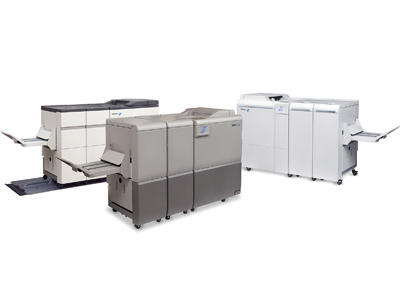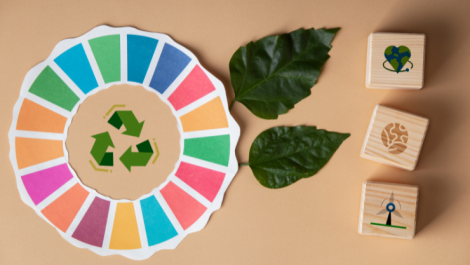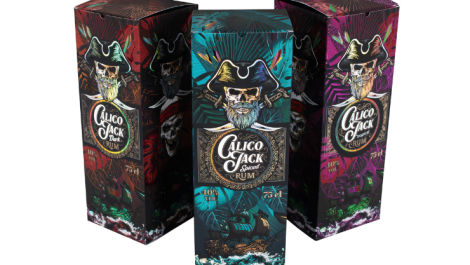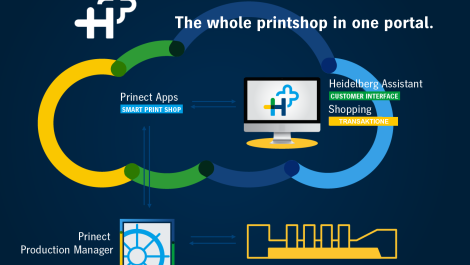UK manufacturer Watkiss Automation’s PowerSquare 224 fitted inline to a Xerox iGen5
Debates around the merits of inline finishing have been going on as long as digital equipment has been around. Michael Walker catches up with the conversation.
From a pre-press perspective, the job is done when the final checked file is sent to a digital press, or when plates are ready for mounting on an offset one. The finishing job does not even start until sheets or rolls of paper are printed. What ties them together is automation, and it is this that is one of the drivers for the integration of finishing operations into the digital print process.
‘It’s about automation and efficiency; customers want total solutions,’ said Daniel Rainbird of CP Bourg distributor Engelmann & Buckham. ‘There’s been a swing towards finishing suppliers working with press vendors and managing projects as a joint effort.’
One of the most efficient forms of automation offered by press and finisher collaboration is inline finishing for digital presses, a sector that has shown a particular upturn in the last year, with a number of launches and demonstrations at drupa.
The benefits are reduced setup time, with little or no operator intervention needed, fewer manual paper handing stages where errors or damage can occur and throughput of finished products that matches press speed. The impetus behind the raft of new inline finishing products for digital print – at drupa Xerox showed solutions from booklet making and wire binders to coaters and perfect binders, for example – is a mix of rising demand and some market-making by the vendors concerned.

Plockmatic offers inline finishers that can be connected to a many vendors’ presses
‘Vendors can create features that give printers something new to pitch to their customers. High quality digital print is now a reality, so the focus now is on expanding applications and helping print hold its ground versus digital media,’ said Scott Russell, vice-president for inline and mailing systems at Plockmatic. ‘The way a printed document looks and feels is critical,’ agreed Sarah Crumpler, marketing manager at Duplo UK. ‘Printers understand that it’s in the finishing where the real value is being added to the printed product. Coating, laminating, binding or just specialist trimming can all be part of the process.’
Read the full feature here





